There are serval way to create a hold in the workoices, punching and drilling are two most common way to generate holes.
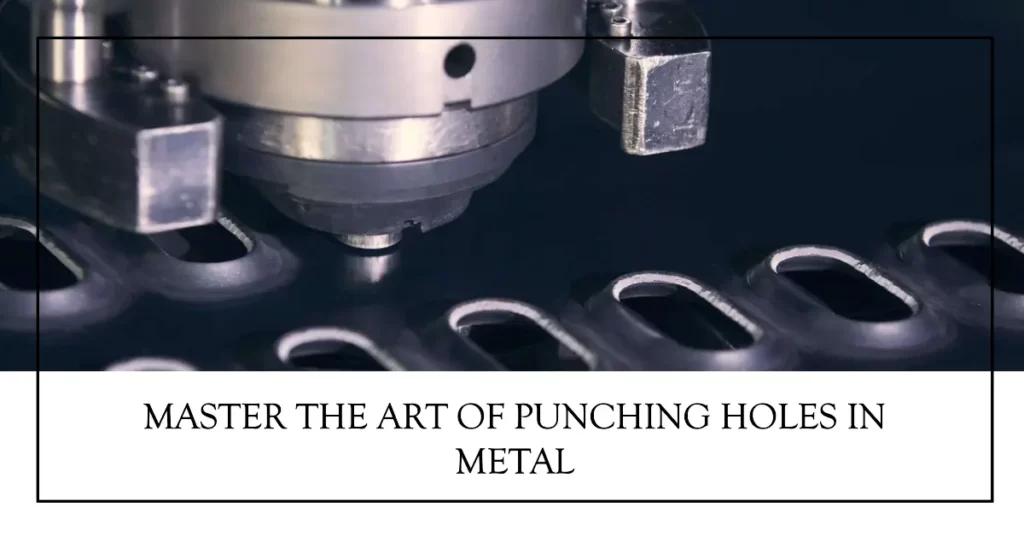
Sheet metal hole punching is a common method to create a hole in a metal sheet. In real practice, the process of hole punching differs depending on the materials, thickness, and the required hole shape. And these determine the ease or challenge you’ll face when trying to puncture them. Beyond such a technique, Drilling is also another way to create a hole in the workpieces.
This guide will introduce various methods, tools, and safety precautions to ensure clean, precise holes every time. This article will try to compare the key aspects of punching and drilling, and by doing that give you a compressive view of sheet metal punching.
Basic Considerations Before Punching Holes
Before picking up that punch or drill, it’s crucial to pause and think. Like any craft, metal punching requires a blend of knowledge, skill, and patience. Here, we’ll delve into the key considerations you should bear in mind.
- Understanding Your Metal
When working with metals, it’s crucial to recognize different properties. Aluminum is lightweight and malleable but might bend if unsupported during punching. Copper is soft and ductile, facilitating punching but may deform without careful handling. Steel, robust and resilient, requires more force or even specialized tools for punching. It’s essential to be informed about each metal’s distinct properties before starting the process.
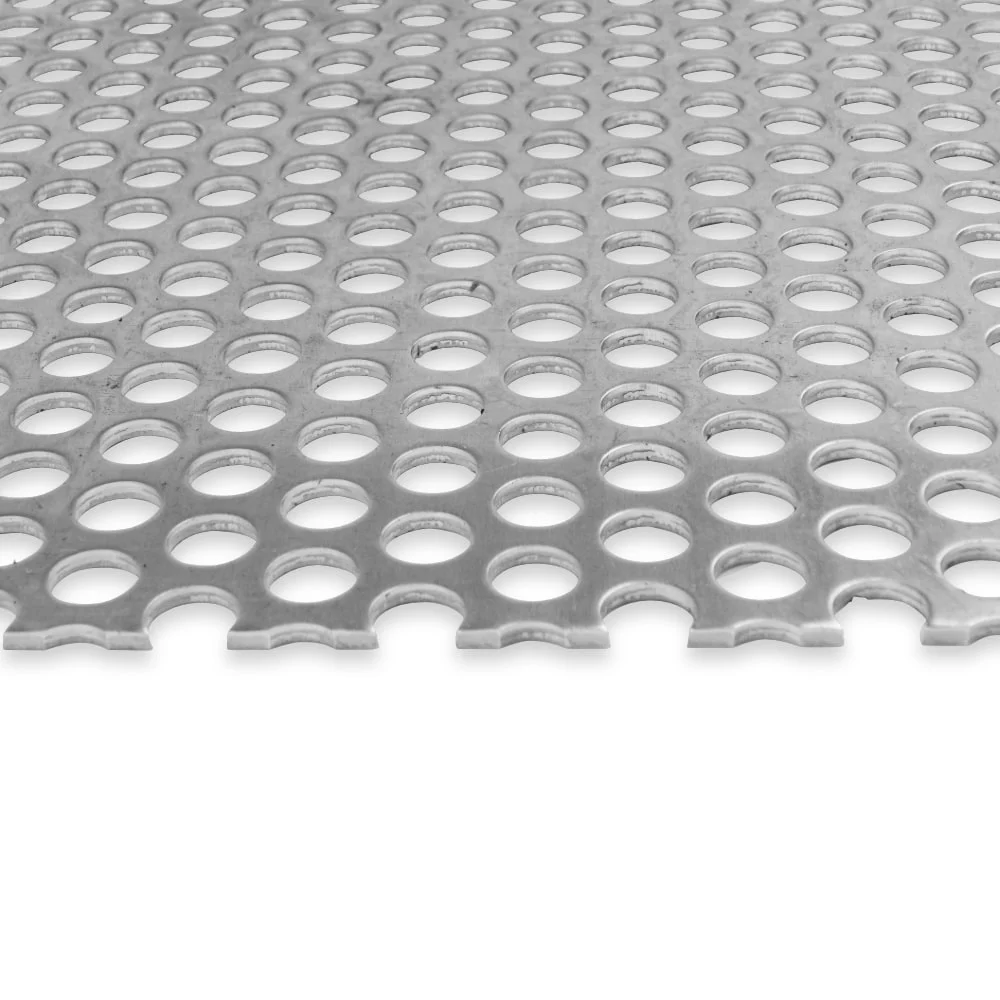
- Determining the Right Thickness
The thickness of the metal sheet directly impacts the punching process. Thin sheets can be easily punctured but risk warping if unsupported. In contrast, thick sheets need more force, and sometimes special tools, to ensure clean holes while maintaining structural integrity.
- Safety First and Always
Safety can’t be emphasized enough in metal punching. Wearing safety goggles prevents potential injuries from flying metal fragments. Gloves offer protection against sharp metal edges and improve grip. Using clamps stabilizes the metal, ensuring it doesn’t shift during work. Additionally, a well-ventilated workspace helps dissipate any harmful fumes or dust.
- Tools and Maintenance
To ensure smooth operations, tools need regular maintenance. Punching tools should be sharpened frequently for optimal performance. Post-use, they should be cleaned to remove debris, and then oiled to fend off rust. Proper storage in a dry environment is key to prolonging tool life and performance.
- Mark Before You Punch
Before initiating the punching process, marking the metal accurately is vital. A metal-specific marker is recommended, as conventional markers may not be as visible or durable. Accuracy matters; always measure meticulously. Starting with a smaller hole, or a pilot hole, can guide the subsequent punching, ensuring precision.
Drilling Vs. Punching: Which is Best?
Drilling and Punching are two primary methods that stand out when it comes to creating holes: drilling and punching. Both come with their unique advantages, characteristics, and challenges. When deciding between these two techniques, the final choice hinges on various factors, including the project’s scale, desired finish, metal type, and more.
| Process | Aspect | Description |
|---|---|---|
| Drilling | Method | Employs a rotating tool (drill bit) to pierce through metal with consistent pressure. |
| Advantages | ||
| Versatility | Can be used on a variety of materials, not just metals. | |
| Variety of Hole Sizes | Offers flexibility from tiny pinholes to larger diameters. | |
| Depth Control | Allows for controlled depth, ideal for blind holes (don’t go all the way through). | |
| Challenges | ||
| Heat Production | Generates significant heat due to friction, often requiring cooling mechanisms. | |
| Debris and Burrs | Produces metal shavings, potentially requiring post-process finishing. | |
| Speed for Bulk Projects | Can be time-consuming when drilling numerous holes for large-scale projects. | |
| Punching | Method | Uses a punch and a die with a forceful thrust to create a hole. |
| Advantages | ||
| Speed | Faster, especially for multiple pieces or large volumes. | |
| Clean Finish | Results in fewer burrs than drilling, reducing post-process finishing. | |
| Efficient Energy Use | Consumes less energy per hole, notably in hydraulic or mechanical setups. | |
| Challenges | ||
| Thickness Limitations | Struggles with extremely thick metals or requires specialized equipment. | |
| Wear and Tear | Punch and die can degrade over time, especially with harder metals. | |
| Hole Depth Flexibility | Typically produces through-holes (go all the way through). |
Key Factors to Consider
When torn between drilling and punching, contemplate these crucial aspects:
- Project Scale: For large-scale projects requiring numerous holes, punching usually emerges as the faster option.
- Metal Type and Thickness: While both methods can handle various metals, thicker metals might be more challenging to punch and might be better suited for drilling.
- Desired Finish: If you’re looking for cleaner edges with minimal finishing work, punching often has the upper hand.
- Equipment Availability: Your choice might be influenced by the tools you have on hand or are willing to invest in.
How to Punch a Hole in Metal Using a Drill?

One of the most common tasks when working with metal is to create a hole. Drills are versatile tools that are often handy for this job, especially when you want to achieve precision. In this guide, we’ll detail the process of punching a hole in metal using a drill.
1. Choosing the Right Drill Bit
Your drill bit’s size should align with the size of the hole you wish to create. For those uncertain about the size, it’s a safe bet to start smaller, as you can always enlarge the hole later. Also, the type of metal you’re working with matters. Soft metals like aluminum might accommodate general-purpose bits, but harder metals like stainless steel will demand bits labeled for metal drilling.
2. Marking the Desired Location
Use a metal scribe or a permanent marker to mark the location. To ensure more accuracy, especially for intricate tasks, you can use a center punch to create a small dimple at your marked spot. This little indent serves a dual purpose: it ensures your drill bit doesn’t wander off the mark, and it gives the bit an indentation into which it can settle, offering a smoother start to the drilling process.
3. Starting with a Pilot Hole
Beginning with a full-sized hole, especially in hard metals, can be challenging and might lead to mistakes. Instead, experienced craftsmen often start with a pilot hole, which is a smaller hole that acts as a guide for the final, larger hole. Using a smaller bit, often 1/16-inch or so, drill your pilot hole through the metal. This smaller hole guides the larger bit, ensuring accuracy and reducing the chances of the bit wandering or “skating” across the metal surface.
4. Gradually Increase the Hole Size if Needed
If your desired hole size is significantly larger than your pilot hole, avoid making a dramatic jump in drill bit size. Instead, move up in bit sizes incrementally. By drilling in stages, you reduce the strain on your tool, minimize heat generation, and, most importantly, ensure that you maintain accuracy and control throughout the process. This methodical approach can be likened to sculpting, where material is gradually and deliberately removed until the final form (in this case, the hole) is achieved.
5. Smoothing Out Any Rough Edges
Drilling, especially in metal, can produce rough or jagged edges around the hole, known as burrs. These can be sharp and pose a safety risk, and they can also detract from the visual appeal of the finished piece.
Using a deburring tool or a metal file, gently smooth out these edges. If using a file, work in a consistent direction, and ensure you’re wearing protective gloves. The goal is to achieve a clean, smooth edge that not only looks professional but is also safe to handle.
How to Punch a Hole Without a Drill?
In the realm of metalwork, creating holes is a common necessity. Though drills are typically the go-to tools, there are times when either the situation doesn’t allow for a drill or one isn’t available. Luckily, a few tools can help punch holes in metal without the need for a drill. Among these, the center punch and hole punch pliers stand out as both practical and efficient. Let’s dive into each method and explore their unique advantages and applications.
Using a Center Punch
A center punch is a tool with a pointed end that is used to mark the center of a point. It’s essential for preparing to drill, but with the right technique, it can also be used to create a hole in softer metals.
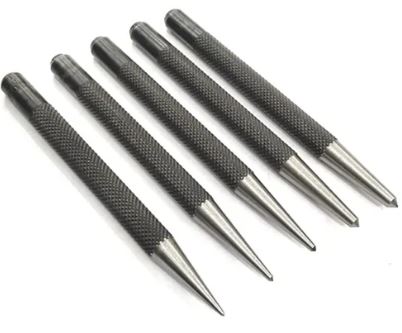
Center punch tools
The center punch is often made of hard materials, typically steel, and comes in various sizes. The tool’s pointed end is carefully crafted to allow force to be efficiently transferred, creating an indent or hole in the material.
Steps to Create a Hole Using a Center Punch
- Safety First: Always wear safety goggles and gloves. Metal shavings can be sharp, and it’s essential to protect your eyes and hands.
- Mark the Spot: Using a marker, clearly indicate where you want the hole. This ensures precision and prevents mistakes.
- Position the Punch: Place the pointed end of the center punch on the marked spot.
- Apply Force: With a hammer, gently tap the other end of the center punch. The impact will create an indent in the metal.
- Deepen the Hole: If a deeper hole or a complete punch-through is needed, repeat the process, applying more force with each tap. The repeated impact will gradually widen and deepen the indent.
The Centre punch tool allows for precise hole placement, which is vital for detailed work. Also, these are great for marking drill points or scribing lines in metals. But, not ideal for thick metals: For denser or thicker metals, this method might be less effective.
Using Hole Punch Pliers
Hole punch pliers, often found in the toolkit of jewelers and crafters, offer a simple way to create holes, especially in softer metals or materials like plastics.
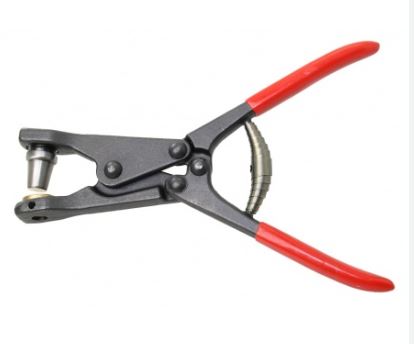
Hole punch pliers
Hole punch pliers resemble regular pliers but feature a punch and die mechanism. When the plier handles are pressed, the punch descends into the die, creating a hole in the material placed between them.
Steps to Create a Hole Using Hole Punch Pliers:
- Prepare the Material: Ensure that the metal or plastic sheet is clean and free from any obstructions where you intend to make the hole.
- Mark the Desired Spot: Just as with the center punch, accuracy is crucial. Use a marker to pinpoint where you want the hole.
- Position the Pliers: Open the hole punch pliers and place the material between the punch and the die, aligning the marked spot.
- Punch the Hole: Apply pressure on the plier handles. The mechanism will push the punch into the die, creating a clean hole in the material.
These are quick and Efficient for softer metals and plastics to create holes swiftly. Additionally, they’re perfect for adding holes to jewelry pieces or crafting materials.
Despite the advantages, the hole size is determined by the punch size, and they might not be effective for thicker materials.
Different Types of Tools for Hole Drilling in Manufacturing
The manufacturing sector, recognized for its rigorous standards and precision requirements, relies heavily on hole drilling. Drilling isn’t just about making a simple hole in a piece of material. It’s a sophisticated process, and the choice of tool can dramatically affect efficiency, quality, and cost-effectiveness. In manufacturing environments, understanding the array of drilling tools and their applications is fundamental.
1. CNC Drilling Machines
In modern manufacturing units, Computer Numerical Control (CNC) drilling machines have emerged as a go-to solution. These machines are automated and use computer-aided design (CAD) plans to execute precise drilling operations. CNC drills provide high accuracy, repeatability, and versatility, allowing them to cater to complex projects with intricate designs. Due to their efficiency and precision, they’ve become a linchpin in sectors like automotive and aerospace manufacturing.
2. Radial Arm Drills
For manufacturers who need to drill large pieces of material, the radial arm drill is a solid choice. With its characteristic long arm known as the radial arm, which can be rotated around its column, this drill provides an extensive range of motion.
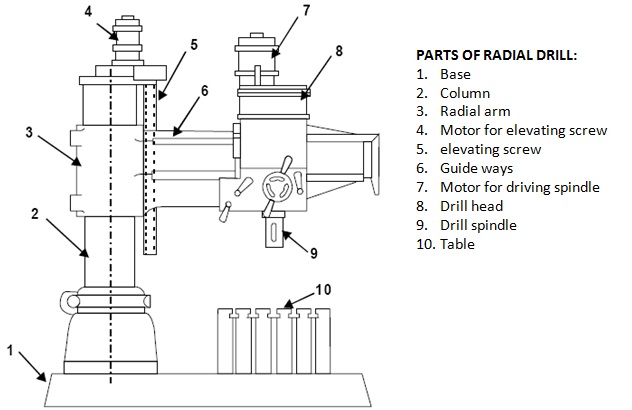
Radial arm drill machine
Its setup is particularly beneficial for large or awkwardly sized workpieces that might be challenging to position on other types of drilling machines.
3. Deep Hole Drilling Machines
When depth matters, manufacturers turn to deep hole drilling machines. As the name suggests, these tools are specifically designed to produce deep holes with a high depth-to-diameter ratio. These drills maintain straightness and precision even at extended depths, making them invaluable in sectors such as oil and gas exploration, where components like long shafts or tubing are commonplace.
4. Turret Drills
Turret drills, or turret milling machines, offer versatility in the manufacturing process. Equipped with a turret vertical ram, the machine’s head can be swiveled to any angle, allowing for angled drilling operations.
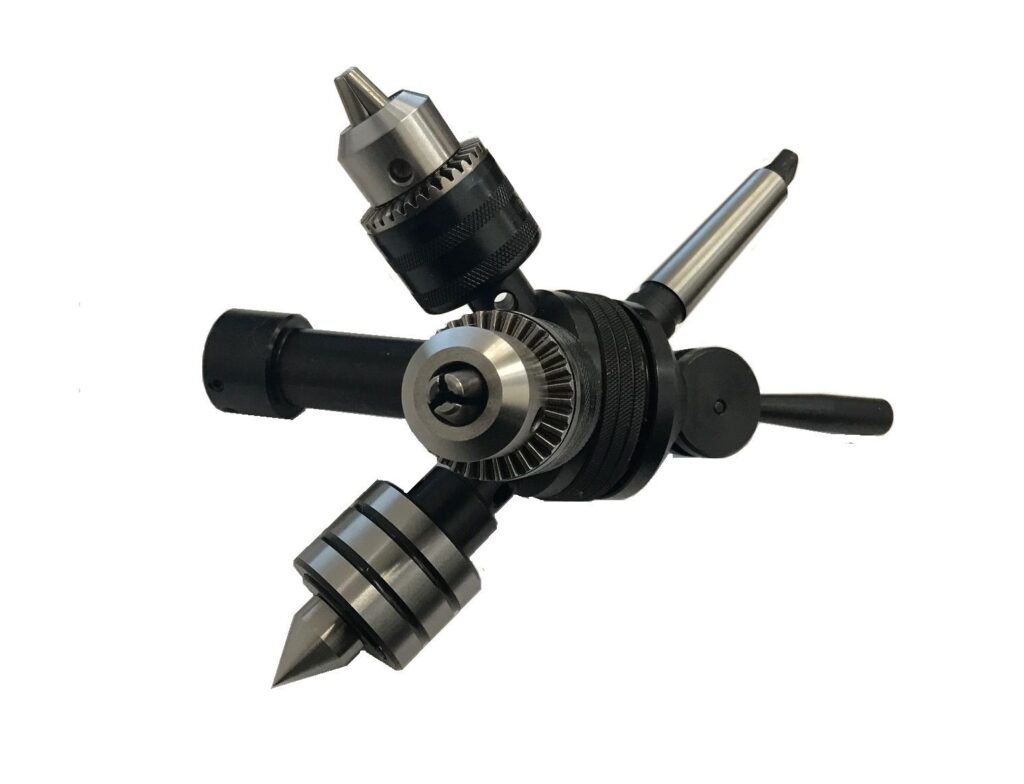
Turret drills
This versatility ensures that complex parts with various angled holes can be manufactured without repositioning the workpiece repeatedly.
5. Magnetic Drills
When drilling in situ or on large metal structures where mobility is a concern, magnetic drills come into play. They have a magnetic base that firmly adheres to metal surfaces, even vertically or upside-down.
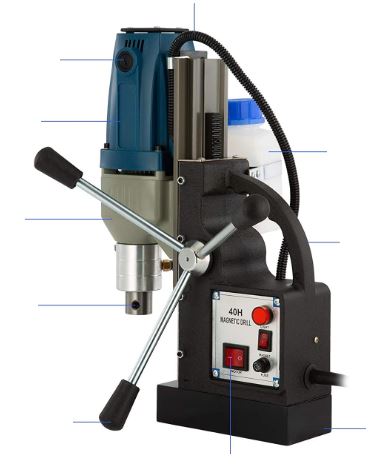
Magnetic drill machine
Once fixed, the tool can drill holes as any conventional drill would. Their portability and strong magnetic base make them indispensable in shipbuilding, construction, and heavy machinery repair.
6. Multiple Spindle Drilling Machines
Efficiency is a hallmark of the manufacturing sector, and multiple spindle drilling machines are a testament to that. Designed to drill multiple holes simultaneously, these machines come equipped with several spindles powered by a single motor. They are perfect for high-volume production runs where identical parts with similar hole patterns are needed, ensuring uniformity while slashing production times.
7. Micro Drills
At the other end of the spectrum, when precision in miniature components is the need of the hour, micro drills step in. These are specialized drilling machines designed for creating tiny holes, often less than a millimeter in diameter.
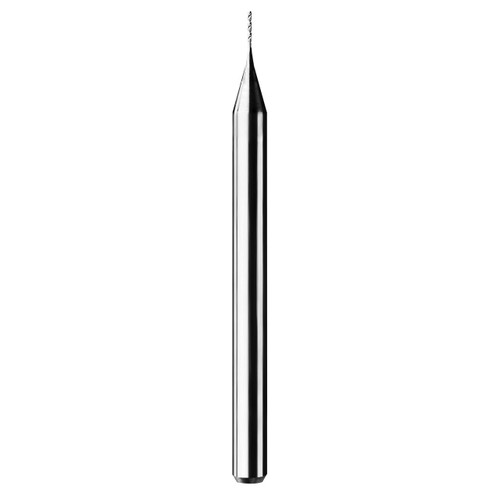
Micro drill tool
Industries like electronics and medical devices, where components can be incredibly small yet require exacting standards, lean on micro drills for their operations.
The Right Tool Hole Punching without Drilling
Punching holes is a seemingly straightforward operation, which involves creating holes in a workpiece, and requires precision, consistency, and efficiency. Whether it’s for intricate design purposes, functionality, or both, the holes we punch need to be flawless. The cornerstone behind achieving this perfection? The tool you choose. Here’s a deep dive into the world of hole-punching tools, shedding light on how each type serves a unique purpose in the vast realm of manufacturing.
1. Hand Punches: Precision in Your Palm
There’s something to be said about the finesse of hand-operated tools. Hand punches, often used for thin sheets of metal or fabric, bring forth this essence of craftsmanship. When a craftsman needs to add a small hole, perhaps for a rivet, button, or other fixtures, these tools come into play.
While they may seem rudimentary, their design allows for a high degree of accuracy, especially when working on delicate or precise tasks. For artisans, jewelry makers, or even garment manufacturers, the hand punch is an indispensable tool. Given their manual operation, they provide tactile feedback, letting the user feel the material and ensuring the right amount of force is applied. It’s a dance of control, ensuring the material doesn’t warp or tear, particularly crucial when working with delicate materials like thin metal foils or fine fabrics.
2. Bench Punches: The Robust Workhorse
As we transition to heavier tasks and more substantial workpieces, the dainty hand punch takes a back seat, and the bench punch takes center stage. Named aptly for its typical mounting style on benches or stands, this tool is designed to handle thicker materials. Whether it’s robust metal sheets, thick leather, or industrial-grade fabrics, the bench punch is ready for the challenge.
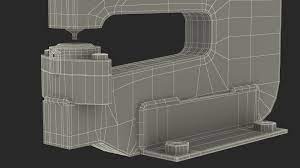
Bench punch machine
It operates using a lever mechanism, which multiplies the force applied, allowing for efficient punching without excessive manual effort. For workshops that regularly deal with medium to heavy-gauge materials, the bench punch is a time saver. Its sturdy build ensures longevity, and its design allows for replaceable or interchangeable punch sizes. This adaptability makes it ideal for jobs that require various hole diameters, offering flexibility without compromising on strength.
3. Rotary Punch: The Champion of Repetition
Imagine a task that requires punching holes, not in tens or hundreds, but thousands of times, and with a consistent output each time. Enter the rotary punch, a tool designed for such repetitive tasks, especially prevalent in large-scale manufacturing setups.

Rotatory punch tools
Often used for materials like leather, plastics, or even certain metals, the rotary punch is characterized by a wheel-like mechanism fitted with multiple punch sizes. The user can rotate to select the desired size and then punch a hole. It’s a seamless process, ensuring speed without compromising on precision. For operations like belt-making, where consistent spacing and hole size are paramount, the rotary punch is a godsend.
Advanced Tips for Clean and Precise Punching
Understanding the art of punching holes in metal doesn’t just stop at knowing which tools to use. While the type of punch or drill bit is crucial, there are numerous subtle techniques and considerations that can significantly improve your results. Let’s dive into some of these advanced, yet practical tips.
Familiarize with the Metal’s Grain
Just like wood has a grain, many metals also have a sort of ‘directionality’ to them, influenced by their forging or rolling process.
- Punching with the grain might offer different results than punching against it.
- Observing and understanding the grain can prevent unnecessary wear on tools and ensure a smoother hole.
Lubrication is Key
When you’re punching a hole, especially in thicker metals, lubrication can be a game-changer.
- It reduces friction, ensuring smoother operation.
- Lubrication can prevent overheating of tools, especially drill bits, prolonging their lifespan.
- A well-lubricated punch can lead to cleaner edges and fewer burrs.
Regularly Sharpen Your Tools
The sharper your tools, the cleaner your holes. It’s a simple equation.
- Regular maintenance ensures consistent results.
- Sharp tools require less force, reducing the chances of mishaps or material warping.
Understand the Importance of Angles
While this might seem more pertinent to drilling, the angle at which you punch can influence the shape and quality of the hole.
- For a straight hole, ensure that your drill or punch is perpendicular to the material.
- If angled holes are required, special jigs or fixtures might be beneficial to maintain consistency.
Use Clamps and Jigs for Stability
Especially when working with smaller pieces or more delicate metals, stability is crucial.
- Clamps can hold the workpiece steady, ensuring accurate hole placement.
- Jigs can provide guidance, especially for repetitive tasks or when precise alignment is necessary.
Troubleshooting Common Punching Problems
Every artisan, craftsman, or hobbyist will, at some point, face issues. However, understanding common problems and their solutions can make the process smoother.
Why is My Metal Warping?
Metal warping, especially in thinner sheets, can occur due to excessive force or heat.
- Ensure your tools are sharp, reducing the need for excessive force.
- Lubrication and slower operation can prevent heat build-up.
The Edges of My Holes are Rough. Why?
Rough edges, or burrs, are often a result of blunt tools or high-speed operations.
- Regularly sharpen your tools.
- Use lubrication and consider deburring tools for a smooth finish.
Why is My Drill Bit Sticking or Jamming?
This can be especially frustrating and can be caused by various factors.
- Ensure you’re using the right type of drill bit for the metal.
- Lubricate adequately and consider using a pilot hole for guidance.
Punching Holes in Plastics vs. Metals
When it comes to manufacturing, punching holes in different materials is a fundamental operation. Both plastics and metals are frequently used materials in the industry, but their properties vary significantly. As a result, the methods and considerations needed to punch holes in these materials are distinctly different. Each material poses unique challenges and demands specific strategies and tools to achieve the best results.
Table: Plastics vs. Metals Punching Holes
| Feature/Aspect | Plastics | Metals |
|---|---|---|
| Material Characteristics | Softer than metals. | Harder and more resistant. |
| Might melt or deform under heat or pressure. | May warp or bend under excessive force or heat. | |
| Tool Sharpness | Tools don’t need to be extremely sharp, but sharpness helps. | Extremely sharp tools are essential for clean punches. |
| Force Required | Generally requires less force. | More force is needed, especially for thicker metals. |
| Speed of Operation | Slower speeds necessary to prevent melting or cracking. | Faster speeds possible, but might generate heat. |
| Cooling/Lubrication | Usually not required. | Often necessary to reduce heat and improve tool lifespan. |
| Hole Finish | Tends to have smoother edges but might have melt deformations. | Can produce burrs; might require additional finishing. |
| Common Issues | Melting, cracking, or misshaped holes. | Burrs, tool jamming, or metal warping. |
| Wear and Tear on Tools | Generally, less wear and tear due to softer material. | Tools can dull faster, especially with harder metals. |
| Flexibility in Hole Size | Wider range due to the material’s flexibility. | Limited by the tool’s size and the metal’s thickness. |
| Environmental Concerns | Produces plastic waste, which may be non-biodegradable. | Metal shavings can be recycled. |
Read more:
- Alloy Steel vs Stainless Steel: A Comparative Guide
- The Reamer Bit: Understanding Its Importance in Precise Manufacturing
Summing Up
Sheet metal hole punching, whether in plastics or metals, each material type has its peculiarities and requires a tailored approach. Metals, with their strength and varying thicknesses, demand robust tools and techniques. Plastics, on the other hand, call for gentleness and precision due to their propensity to melt or crack. Ultimately, understanding the nuances of each material and the tools at your disposal is the key to successful hole punching.
In sheet metal fabrication services, Prolean stands as one of the key players in precision and quality. Our precise hole creation services are more than just a process; they are a testament to our commitment, expertise, and drive to deliver the best. Whether you seek precision in metals or plastics, with Prolean, you are always in expert hands.
FAQs
Can the same tools be used for punching holes in both metals and plastics?
While some tools might be versatile, it’s always best to use tools specifically designed for the material to ensure precision and prevent damage.
Why is a pilot hole recommended before drilling into metals?
A pilot hole guides the larger drill bit and prevents it from wandering or causing inaccuracies in the final hole.
Are there any materials that are particularly challenging to punch holes into?
Extremely hard metals like certain grades of stainless steel or very brittle plastics might pose challenges and require specialized tools.
How can I ensure a clean hole without burrs or rough edges?
Using sharp, well-maintained tools, and occasionally, post-process finishing techniques can ensure clean holes.
Is it safer to punch holes in plastics than metals?
Both come with their own set of safety considerations. While metals might produce sharp shavings, plastics can release fumes. Always follow safety guidelines relevant to the material you’re working with

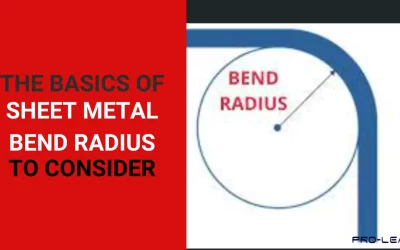
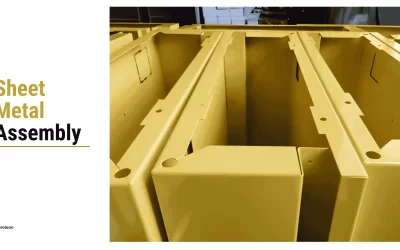
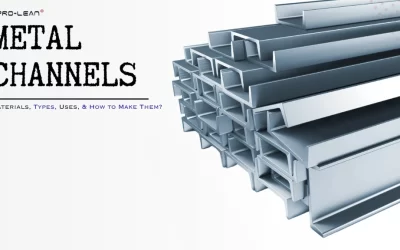
some genuinely quality blog posts on this site!
Thank you for your words !